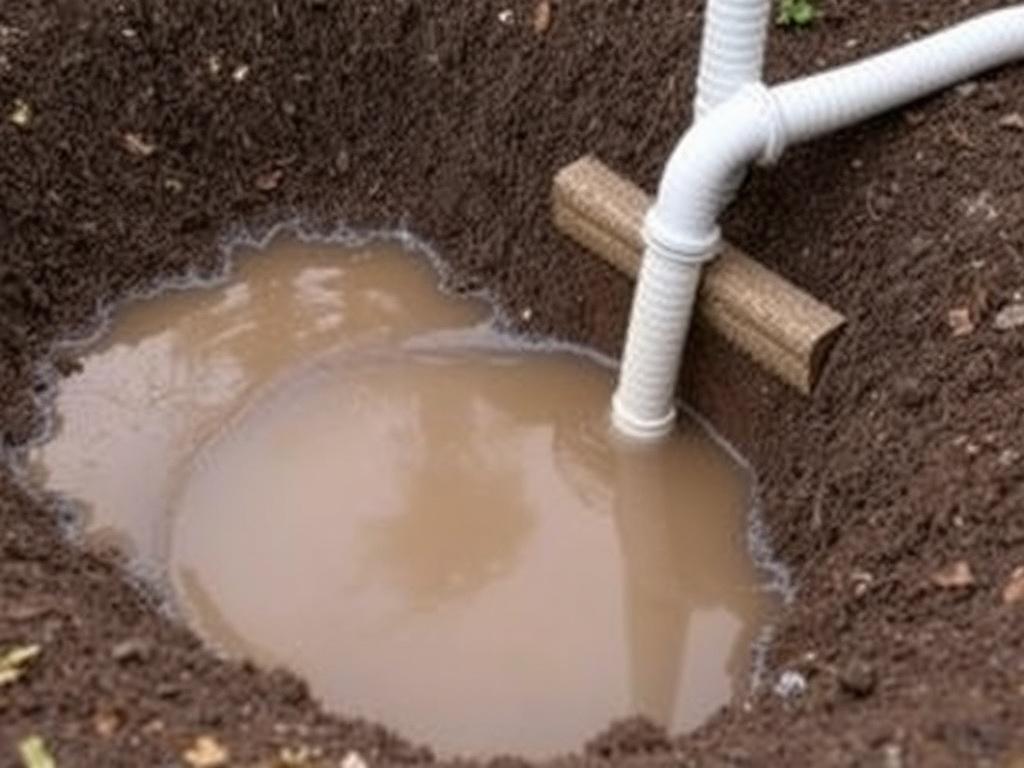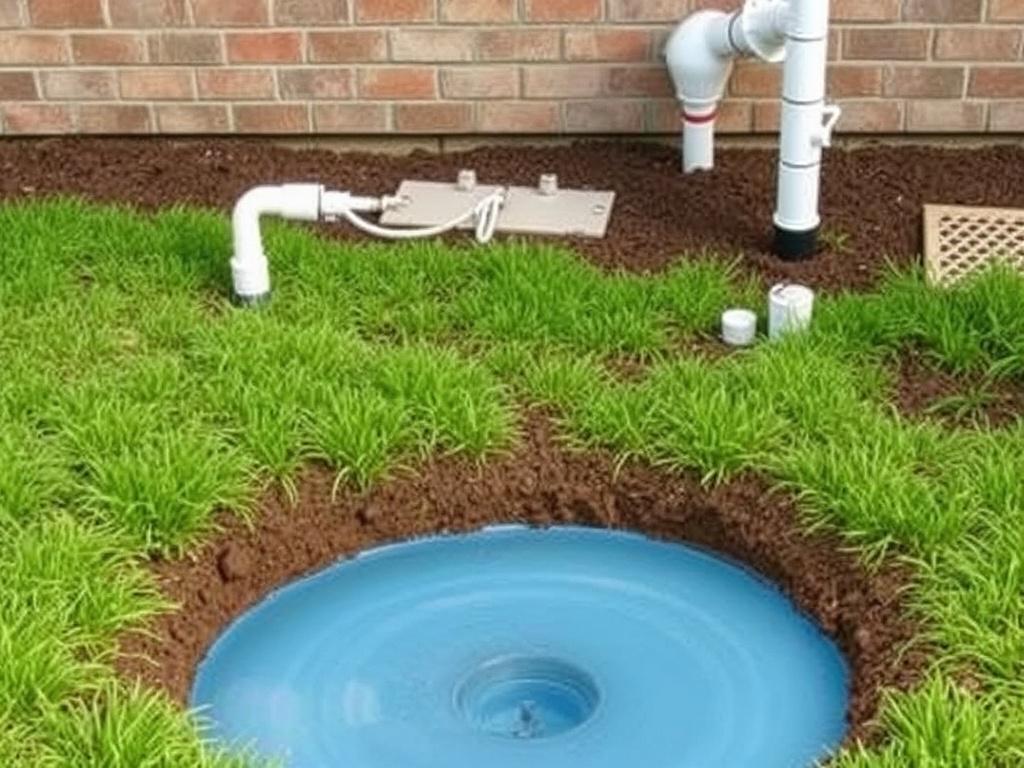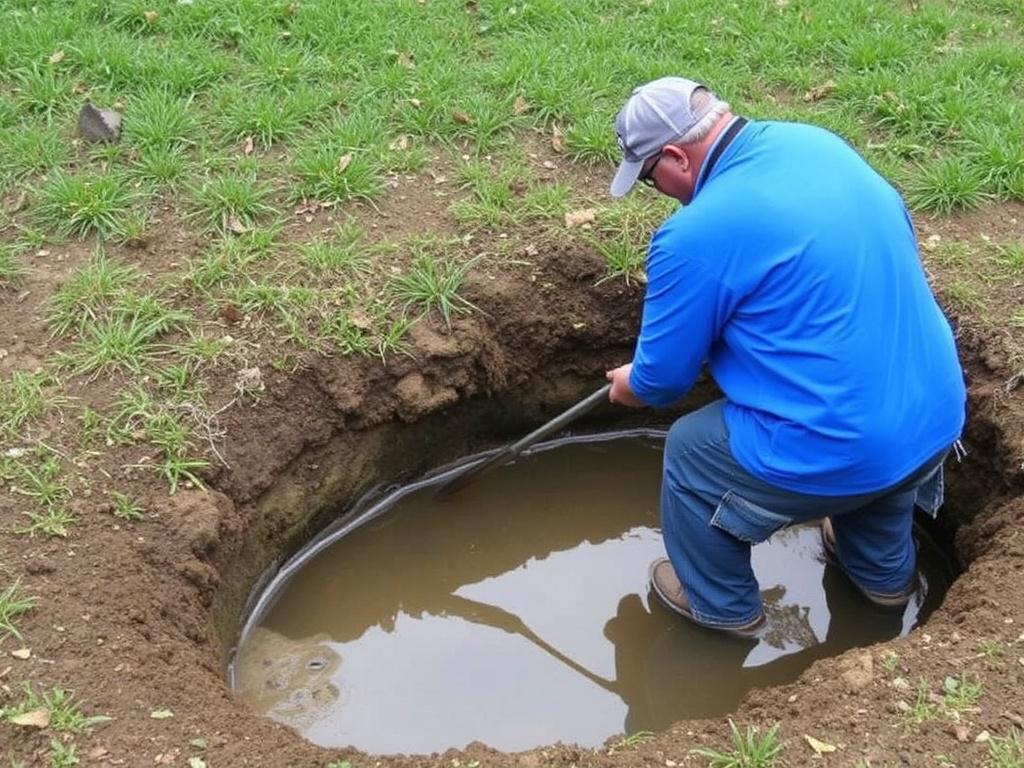Living with a septic system can often feel like managing an invisible, yet crucial, part of your household infrastructure. It quietly works underground, processing waste and keeping your home safe and sanitary. But when your septic system floods, it’s no longer an invisible issue—it’s an urgent problem that requires prompt attention. A flooded septic system can cause raw sewage to back up into your home, foul odors in your yard, and serious health hazards. Knowing how to fix a flooded septic system is essential for any homeowner who wants to protect their property and family. In this comprehensive guide, we’ll walk you through everything you need to know—from understanding why your septic system floods to practical steps for repairing it and preventing future problems.
- What Causes a Flooded Septic System?
- Common Causes of Flooded Septic Systems
- Signs Your Septic System Is Flooded
- Step-by-Step Instructions on How to Fix a Flooded Septic System
- Step 1: Stop Using Water Excessively
- Step 2: Locate Key Septic Components
- Step 3: Pump the Septic Tank
- Step 4: Inspect and Repair the Drain Field
- Step 5: Clear Blockages
- Step 6: Enhance Drainage Around the System
- Step 7: Prevent Future Flooding
- Maintenance Tips to Avoid a Flooded Septic System
- When to Call a Professional Septic Service
- Services a Professional Can Provide
- Preventing Flooded Septic Systems After Heavy Rainfall
- Signs That Your Drain Field Needs Repair or Replacement
- Understanding the Costs Involved in Fixing a Flooded Septic System
- DIY Tips vs. Professional Help
- Conclusion
What Causes a Flooded Septic System?
A flooded septic system is essentially a septic tank or drain field overwhelmed with water, leading to backups or pooling of wastewater in your yard. Several factors can cause this flooding, so understanding these root causes helps you identify the right fix. One common culprit is excessive rainfall or flooding in your area, which saturates the soil around the drain field and prevents effluent from properly soaking into the ground.
Another cause could be heavy water usage inside the home, like running multiple washing machines, showers, or toilets simultaneously. Too much water entering the system too quickly hampers the settling process inside the tank and overloads the drain field. Additionally, a lack of regular septic tank pumping leads to solid waste buildup, reducing the tank’s capacity and causing backups.
Tree roots invading the drain field or pipes can clog the system, preventing proper drainage. Finally, damaged or improperly installed septic components can cause flooding as well. Checking for cracks, blockages, or design problems is key.
Common Causes of Flooded Septic Systems
- Heavy rainfall or ground flooding
- Excessive water usage inside the home
- Septic tank not pumped regularly
- Clogged or damaged pipes
- Tree root intrusion
- Improper or faulty septic system installation
Signs Your Septic System Is Flooded

Identifying a flooded septic system early can save you a lot of time, money, and messy cleanup. Here are several warning signs you should watch for:
– Slow drains and toilets that back up when you run water.
– Pooling water or soggy, foul-smelling areas in your yard near the septic tank or drain field.
– A persistent sewage odor around your home or yard.
– Gurgling sounds coming from plumbing fixtures.
– Waterlogged soil that stays wet all year round despite dry weather.
If you notice any of these symptoms, keep the water use in your household to a minimum and call a professional septic service immediately to inspect the problem.
Step-by-Step Instructions on How to Fix a Flooded Septic System
Fixing a flooded septic system isn’t always a simple DIY job, but there are steps you can take immediately, alongside calling a professional, to minimize damage and start the recovery process.
Step 1: Stop Using Water Excessively
To prevent further flooding and backups, minimize water use in your home right away. Don’t run dishwashers, washing machines, or multiple showers simultaneously. Avoid flushing non-essential wastewater until the situation is resolved.
Step 2: Locate Key Septic Components
Knowing where your septic tank and drain field lie on your property helps during inspection and repair. Your septic system’s area should be free from heavy traffic or parked vehicles.
Step 3: Pump the Septic Tank
The flooded tank needs to be pumped out to remove excess water and waste buildup. A licensed septic service provider can safely pump your tank. This step ensures that the system has room to operate normally again.
Step 4: Inspect and Repair the Drain Field
If flooding is caused by a saturated drain field, it might need time to drain or even repairs. In severe cases, replacing the drain field might be necessary. Avoid walking or driving on the area while it is flooding to prevent soil compaction.
Step 5: Clear Blockages
Tree root invasion or pipe clogs may prevent water flow. Professional plumbers can use specialized cameras and equipment to locate and clear blockages, or replace damaged pipes.
Step 6: Enhance Drainage Around the System
Grading your yard and installing proper gutters and downspouts can redirect surface water away from the septic area. This helps prevent surface flooding from exacerbating septic problems.
Step 7: Prevent Future Flooding
Once your system is fixed, set up a maintenance schedule that includes regular pumping every 3–5 years, conserving water, and keeping heavy vehicles off the septic field.
Maintenance Tips to Avoid a Flooded Septic System
A flooded septic system can be prevented with consistent care and mindful habits. Here are some practical maintenance tips:
| Maintenance Tip | Why It Matters |
|---|---|
| Pump the septic tank regularly (every 3–5 years) | Prevents buildup of solids that can overflow and block the system |
| Limit excessive water use | Prevents overloading the system with too much wastewater |
| Inspect and repair plumbing leaks promptly | Avoids constant water flow into the septic system |
| Keep roof drains and surface water away from the drain field | Prevents the soil from becoming saturated and flooding the drain field |
| Avoid planting trees near the drain field | Prevents root damage and blockages to septic pipes |
| Do not park or drive on septic system areas | Protects the soil and system components from compaction and damage |
When to Call a Professional Septic Service
While some initial precautions and minor fixes can be handled by homeowners, it is important to know when to call in the experts. A flooded septic system can pose health risks and environmental hazards if not properly managed. If you notice persistent backups, significant pooling of water in your yard, sewer odors, or suspect damage to your system, contact a licensed septic professional immediately. They have the equipment and expertise to thoroughly inspect your system, pump the tank, diagnose blockages, and repair or replace components as needed.
Services a Professional Can Provide
- Septic tank pumping and cleaning
- Inspection of tank, pipes, and drain field via video camera
- Root removal and pipe repair
- Drain field repair or replacement
- Assessment of soil percolation and grading
- Advice on septic-friendly water usage and maintenance
Preventing Flooded Septic Systems After Heavy Rainfall
During periods of heavy rainfall or flooding in your area, water can accumulate rapidly and saturate your septic system. Taking proactive steps before and after storms can help reduce flooding risk. For example, clear gutters and drainage ditches to ensure surface water drains away from your home and septic system. Inspect your yard’s grading to make sure it slopes away from the septic tank and drain field. If water pools, try to redirect it using temporary trenches or sandbags until the ground dries.
Additionally, keep water usage low during these periods, and do not flush or drain unnecessary waste down the system. Once the rain subsides, give your septic system time to dry out before resuming normal water use levels.
Signs That Your Drain Field Needs Repair or Replacement

A flooded septic system often points to problems in the drain field itself. Here are some signs that your drain field might be failing and require professional repairs:
- Persistent soggy or swampy land above the drain field
- Slow draining sinks, tubs, or toilets despite pumping
- Strong sewage odors in the yard
- Roots or pipes visibly damaged during an inspection
- Drain field water bubbling up to the surface
If you spot these signs, it’s important to act quickly. A failing drain field can contaminate groundwater, become a major health hazard, and eventually require costly replacement.
Understanding the Costs Involved in Fixing a Flooded Septic System
Many homeowners worry about the expense of fixing a flooded septic system, but costs vary greatly depending on the issue’s severity and which parts need repair. Here is a rough breakdown of common expenses:
| Service | Estimated Cost Range (USD) |
|---|---|
| Septic Tank Pumping | $250 – $600 |
| Inspection and Camera Inspection | $150 – $500 |
| Pipe Repair or Root Removal | $300 – $1,200 |
| Drain Field Repair | $1,000 – $5,000 |
| Drain Field Replacement | $3,000 – $10,000+ |
Keeping your septic system maintained can dramatically reduce these costs over time by preventing major flooding and backups in the first place.
DIY Tips vs. Professional Help

Some homeowners feel comfortable tackling small septic issues themselves, but others prefer to call in a pro right away. Generally speaking, here’s what you can handle versus when you should hire an expert:
| DIY Tips | When to Call a Professional |
|---|---|
| Reduce water usage during suspected flooding | Persistent sewage backups in home |
| Check for obvious surface pooling or leaks | Septic tank pumping and cleaning |
| Redirect surface water away from system area | Video inspection of pipes and drain field |
| Clear gutters and drainage ditches | Root intrusion removal or pipe repairs |
| Temporary measures like sandbags during flooding | Drain field replacement or major repairs |
Knowing your limits will protect the efficiency and longevity of your septic system and keep your home safe.
Conclusion
Fixing a flooded septic system involves understanding the causes, identifying warning signs early, and taking prompt action to stop further damage. While some immediate steps can be taken by homeowners—such as reducing water use and redirecting surface water—professional assessment and pumping are often necessary to restore normal function. Regular maintenance, wise water use, and careful landscaping around the septic system play vital roles in preventing future flooding. By following these guidelines, you can safeguard your property from unpleasant sewage backups, health hazards, and costly repairs. Remember, an efficiently working septic system is key to maintaining a healthy and comfortable home, so never delay addressing a flooded septic system and always rely on professional experts when necessary.
Помогла вам статья?






